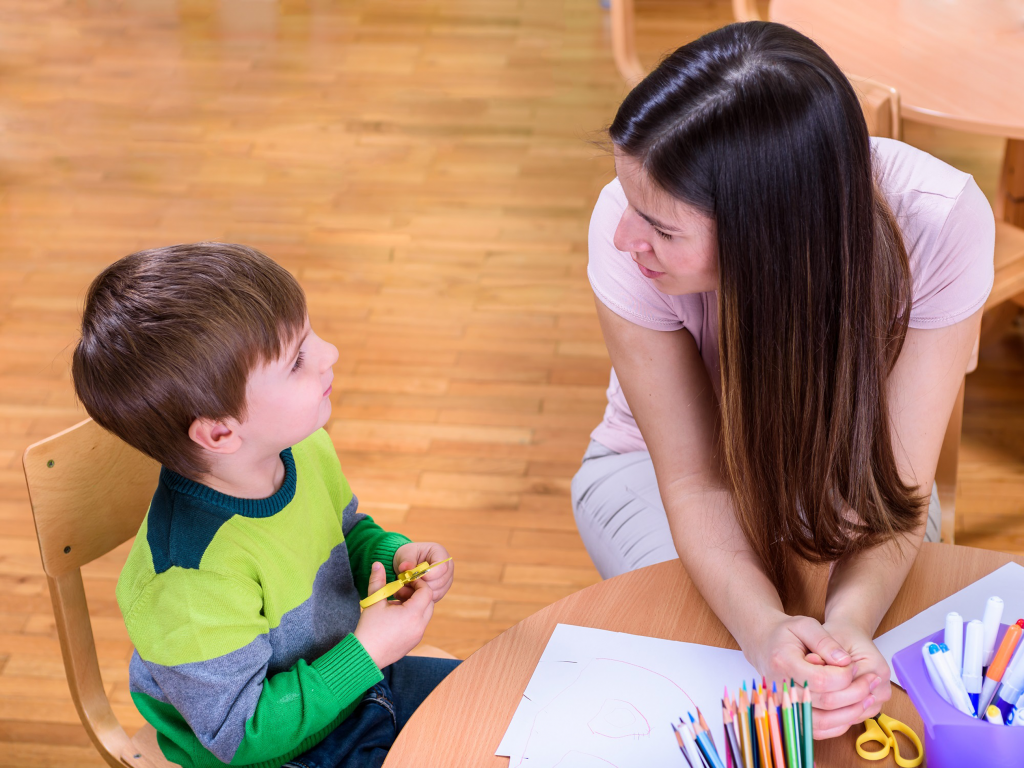
Over the last two years in my role as an education consultant I have become increasingly concerned about students’ and teachers’ use of appropriate transactional language – that is the language of learning. Highlighting weaknesses in students’ ability to express their ideas in a structured way can seem pedantic in what may be a vibrant learning environment, but because I have the privilege of observing pupils in a vastly different range of schools and contexts, I can see the difference it makes.
This was brought into sharp focus last summer term when, in the space of a week, I reviewed two outstanding but very contrasting schools by dint of their location and intake. One was a girls’ grammar school in a very middle-class area, and the other an outer-city school in an area of very high deprivation and mobility. Both schools had excellent teachers, a commitment to the whole pupil and high aspiration for their students’ futures, and yet the challenges they faced were completely different.
In the former, the ability to express ideas and enter into a dialogue to extend learning was the norm – pupils were articulate and confident to challenge their teachers and each other – the language of learning was their everyday language. In the other, teachers had to address the lack of communication skills at every level – it was not that students lacked knowledge or ideas, but the ability to communicate those ideas in a more structured way was a real challenge because it was not their everyday language – it had to be learned alongside the subject content.
While these two schools provide the most recent examples, I have seen this contrast again and again, so it was refreshing to hear a government minister highlight this.